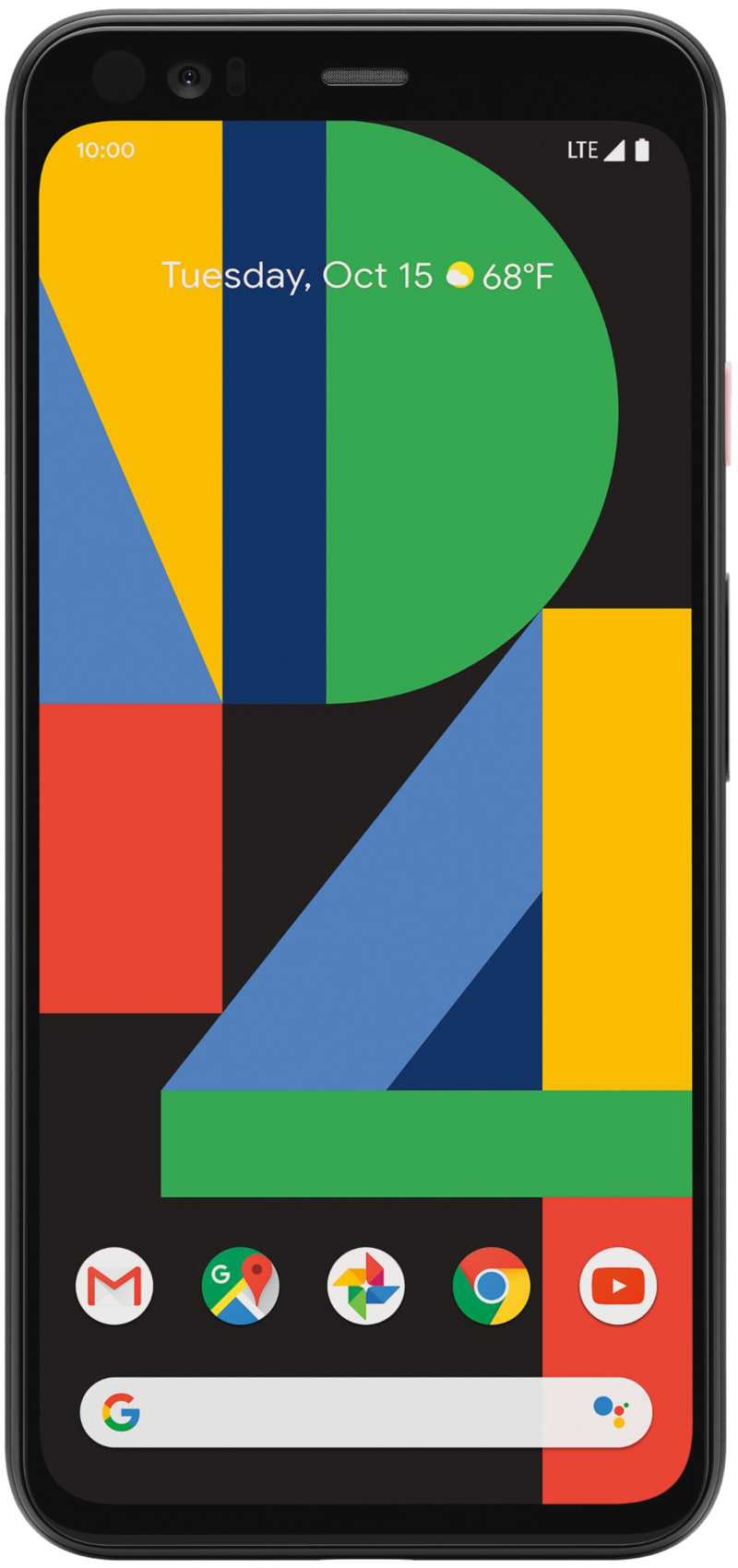Nearly a quarter of all Android devices now run Pie, but updates are still way too slow

What you need to know
- Project Treble has improved phone update rates tremendously, shaving off months from the time users used to have to wait.
- Two manufacturers even got their Android 10 updates out the same day as Google, marking a new record in update speed for non Google-branded devices.
- Further improvements are likely in the years to come as more OEMs adopt these programs and additional phones are enrolled in Android betas.
Project Treble, or better known as Google's big rework of Android's core design philosophies, has been implicit in the drive to get big OS updates out in a reasonable amount of time. We've seen the direct fruits of its labor with the last two big Android releases. Last year, when Android 9 Pie was announced, Google showcased the update not just on its Pixel phones, but also on seven different phones from seven different manufacturers. Likewise, this year's Android 10 announcement included a beta version that could be used on 18 phone models from 12 different companies, not even counting Google's own Pixel line. That's a huge improvement from only Pixel or Nexus phones being able to participate in the past.
Beta pilots are great and have shown massive improvements in update time for some companies, like OnePlus, who have gotten major updates out faster than ever. To draw comparisons, Xiaomi updated the Redmi K20 Pro and Essential got its phone updated to Android 10 on release day, while OnePlus delivered the final Android 10 update in 18 days. That's opposed to companies like Samsung, which are still toying around with Android 10 beta updates in late October and aren't expected to roll out the final version until at least some time in November.

Still, the rate at which larger companies like Samsung, with dozens of devices to update at a time, has improved significantly over the years, as we're looking at updates that take months instead of a year or more (if ever, for some devices in the past). That means that you no longer have to stick with Google's own Pixel line if you want updates quickly, as the number of phones that are getting quick updates is growing year-over-year.
Backing that up is data directly from Google, which shows the rate of Android update adoption to Android 9 Pie for phones that shipped with Project Treble support. This last part is important, since Project Treble required a specific phone architecture to work properly, and the change this brought can be directly compared with older phones that do not have this update-friendly design. Google even cites many in the ROM development community which were able to port Android 10 to 15 devices within days of the final code release from Google, all of which were done on phones that launched with Android 8 or 9.

While Project Treble has been an incredible improvement across the board, the rate at which most Android phones get updated is still incredibly slow. Going on Google's own chart, Android Oreo accounted for 8.9% of the entire ecosystem just before the release of Android 9 Pie. Subsequently, Android Pie made up 22.6% of the entire ecosystem just before the release of Android 10.
That's a significant improvement by any measure, and while it shows that Project Treble has had tremendous success, there's still a lot of work to be done. Seeing a year-old update on less than ¼ of all Android-powered devices is a pretty dismal number by any account but, comparatively, the previous version of the OS wasn't even on 1/10 of the devices in the same time frame the previous year.

Stop waiting around.
Tired of waiting for the next big version of Android? The Google Pixel 4 will get you Android 10 right now and the next few years' worth of Android updates the day Google releases them. It's got one of the best displays on the market, a classy new design, and a camera that's literally out of this world.
Be an expert in 5 minutes
Get the latest news from Android Central, your trusted companion in the world of Android

